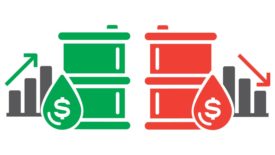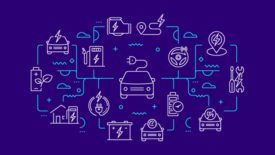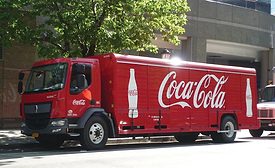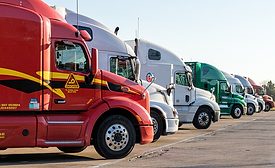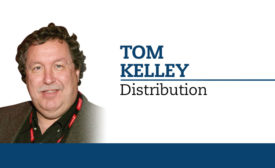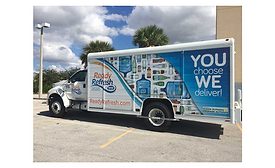Home » Keywords: » fleet efficiency
Items Tagged with 'fleet efficiency'
ARTICLES
Distribution
Less volatility expected for fleet fuel prices
2024 average fuel prices projections below 2022 highs
August 3, 2023
Distribution
Electric vehicle charging infrastructure is expanding rapidly across the United States
EV charging stations and other infrastructure get government boost
June 1, 2022
Distribution
Beverage fleets future gets electrified
Alcohol, non-alcohol manufacturers invest in electric-powered trucks
March 19, 2020
2020 Trucks Report: Manufacturers unveil next year’s improvements
Comfort, collision mitigation, connectivity and electric charge on docket for next generation of trucks
November 20, 2019
Tips to maximize fleets’ productivity
Fleet optimization plans can reduce asset counts, costs
June 25, 2018
Top tips for maintaining a green fleet
How to maintain a fuel-efficient, green fleet
August 15, 2017
Beverage fleet training essential for fleet safety, efficiency
Maintaining driver training program essential
August 15, 2016
Propane-powered trucks benefit beverage fleets
Nestlé Waters North America adds 155 medium-duty propane trucks
June 15, 2016
Telematics helps drive the bottom line
Fleet managers utilize telematics to cut costs, boost efficiency
June 14, 2013
Elevate your expertise in the beverage marketplace with unparalleled insights and connections.
Join thousands of beverage professionals today. Shouldn’t you know what they know?
JOIN NOW!Copyright ©2025. All Rights Reserved BNP Media.
Design, CMS, Hosting & Web Development :: ePublishing

